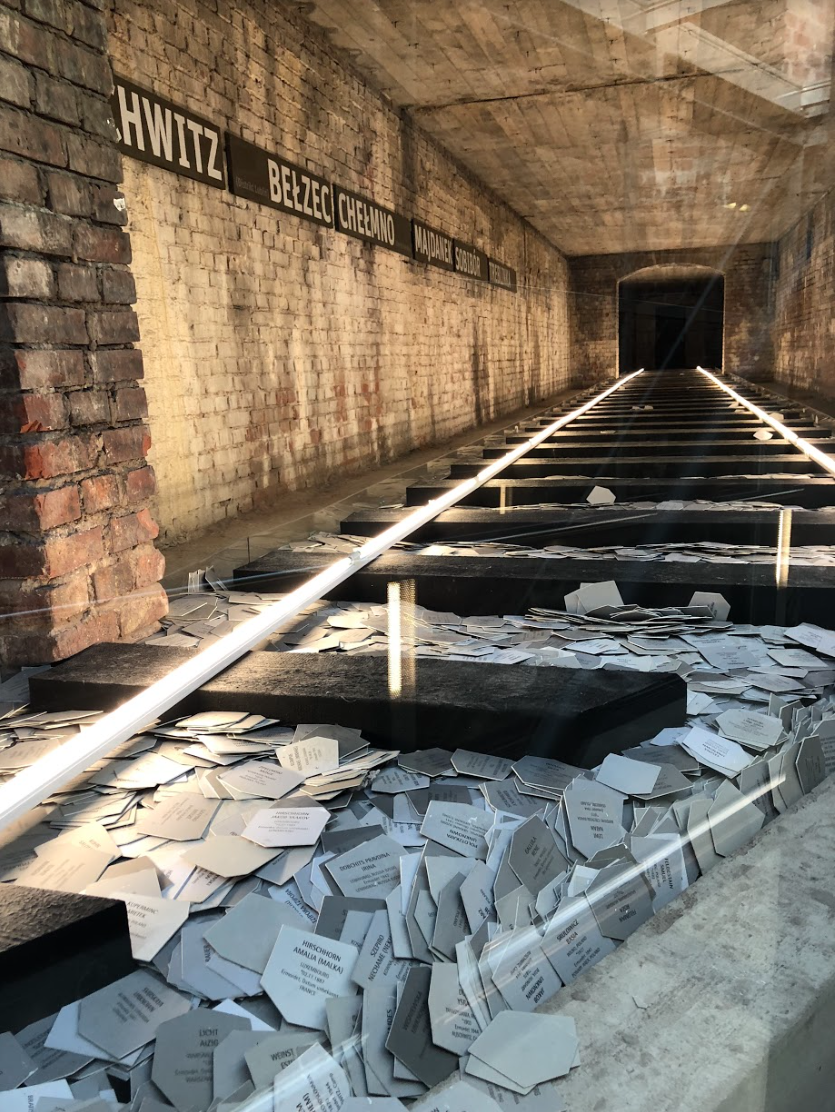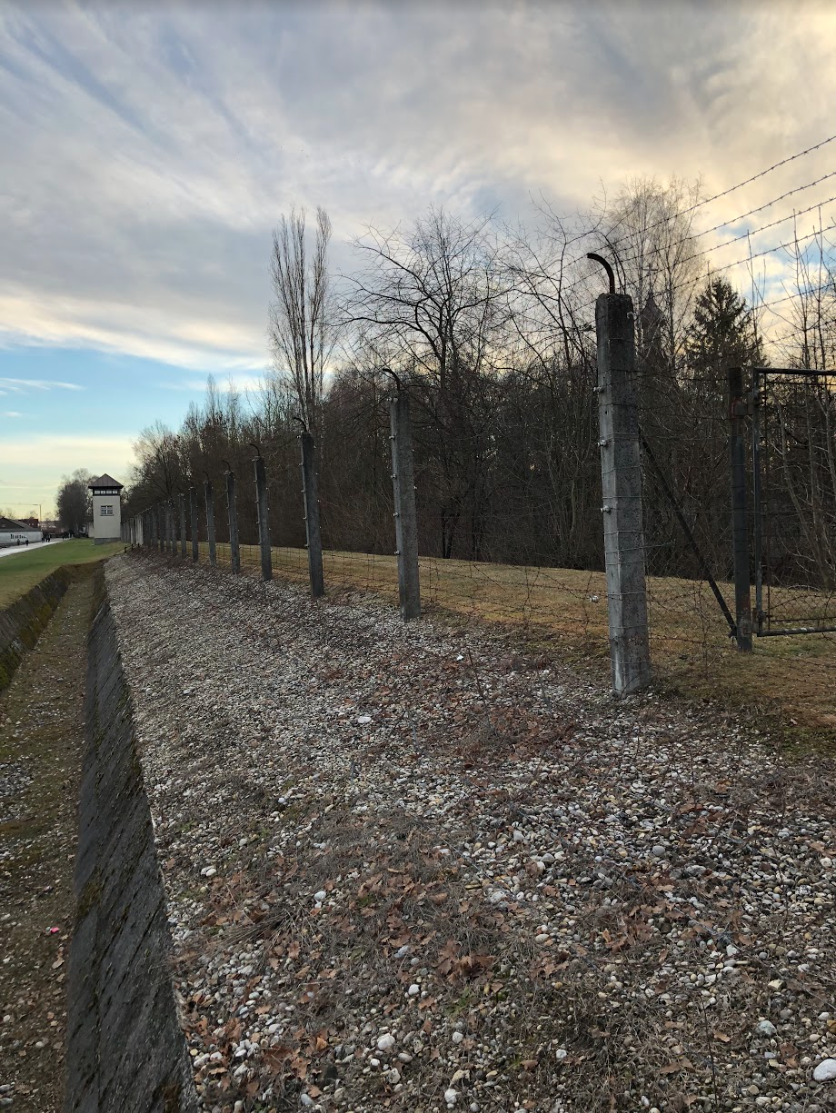When people learn the history of the Holocaust or read the literature of Holocaust survivors, it’s rare that they then actually get to see where these events took place. This past semester, I took a course on Holocaust literature where we read bone-chilling accounts of people who suffered through, and miraculously survived, the horrific event that became known as the Holocaust.
The class included a study abroad aspect that took us to Amsterdam and several cities in Germany to experience places that have become profoundly associated with the Holocaust.
“Going abroad to Germany and the Netherlands after learning so much more about the Holocaust was an indescribable learning experience. It was fascinating to see the places we had all learned about for so many years,” Greer Gugliotta, a senior social work major on the trip said.

The first stop of our trip was the canal house where Anne Frank and her family hid for two years in a secret annex. Going up the stairs behind the bookcase to the annex mentioned so often in Anne’s diary was surreal. Walking through the rooms where the Frank family, the Van Pels, and Fritz Pfeffer lived for two years to escape Nazi authority was an unsettling experience.
On March 22, 1933, Dachau was opened as a prison for political prisoners, this would become the first concentration camp. In 1935, Nazis started to send more than just political prisoners to Dachau, and in 1937 the camp expanded its capacity to allow more prisoners.
Dachau was our last stop, and the most emotionally weighted site we visited on the trip. When we arrived it was freezing and a cloudy day, a sudden chill came over me and did not leave me until later that night.

Walking through that camp was a hard experience, just knowing the atrocities that were committed there made it hard to put one foot in front of the other. I walked through the reconstructed barracks, knowing that even at the end of the day it was not an escape from the horrors they experienced.
I walked to the crematorium, and my knees got weak and my breath escaped me for a moment. I walked to one part of the crematorium property and there was a stone that said “Grave of thousands unknown,” and that was when I noticed I had tears streaming down my cheek. Thousands of people lost their lives due to gross racism; their families would never know what happened to them and they were never properly buried.
English professor Ann Jordan believes it is important to study this material and take students on this trip.
“We study the Holocaust and its literature to understand the consequences of leadership with extreme prejudice towards certain populations, with complete indifference to human suffering, and with a total absence of moral values,” Jordan said. “To allow such a catastrophic event to slip quietly into the past not only dishonors its 6 million victims, but leaves open the unsettling possibility that history may someday repeat itself.”



